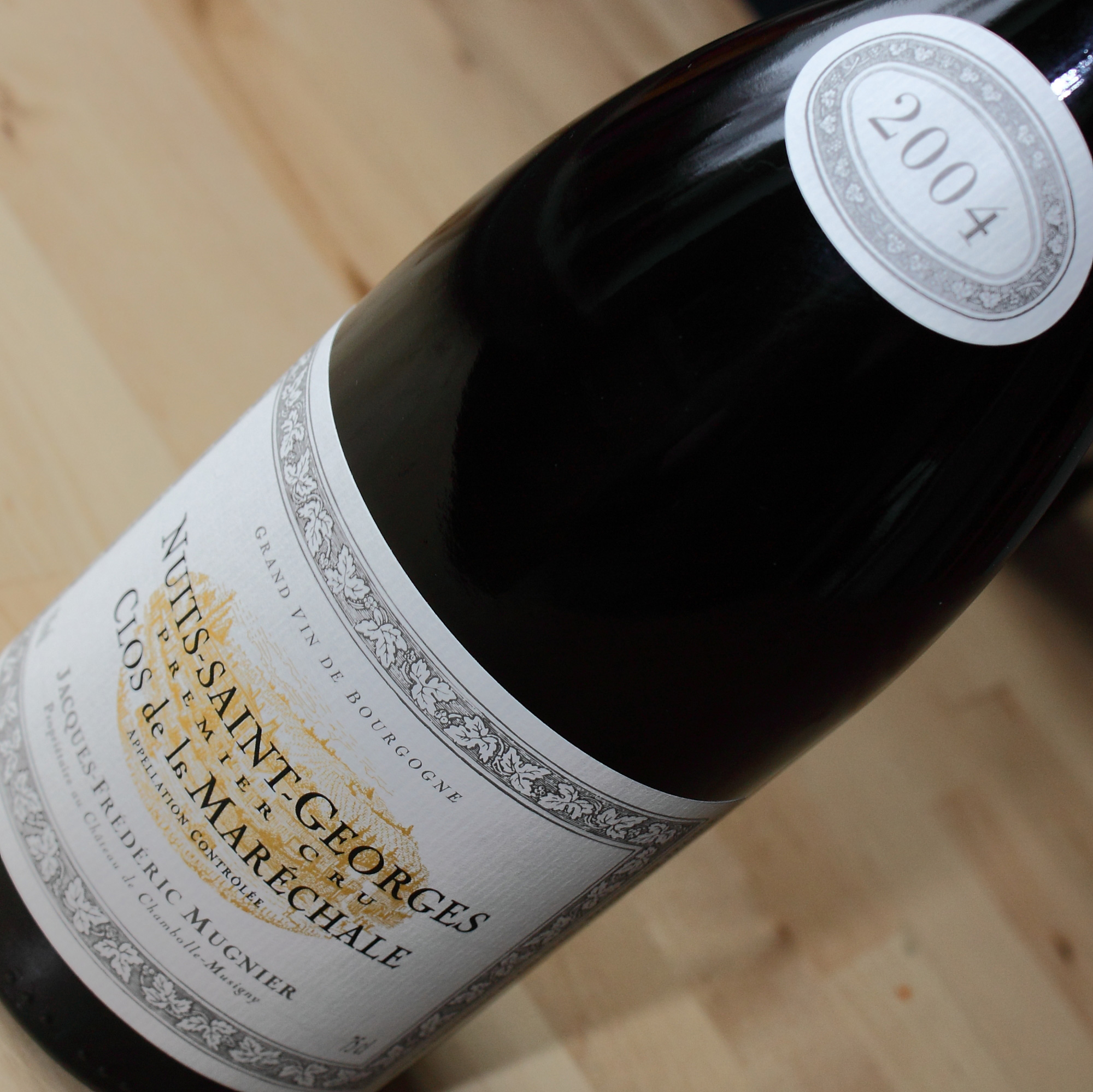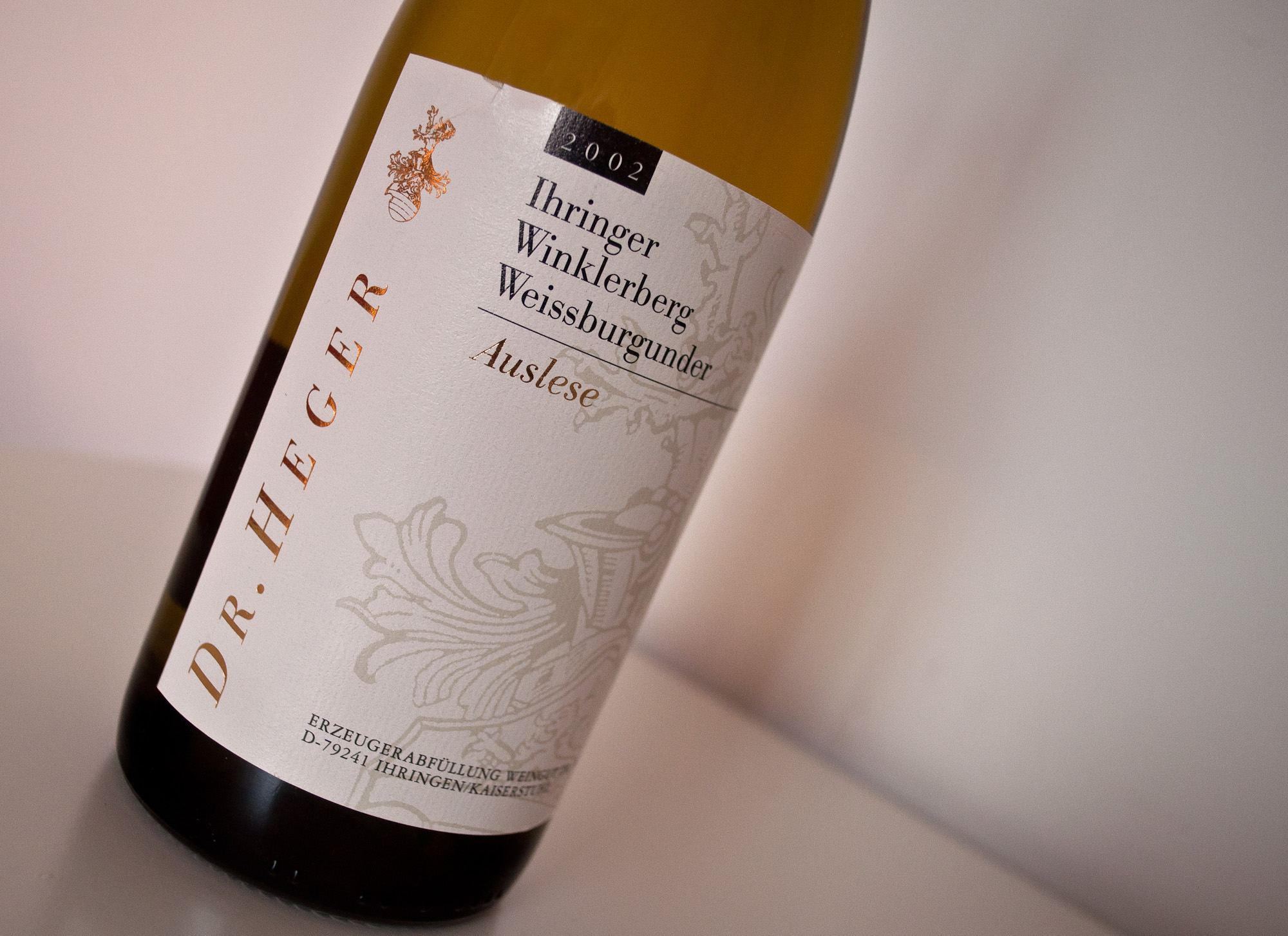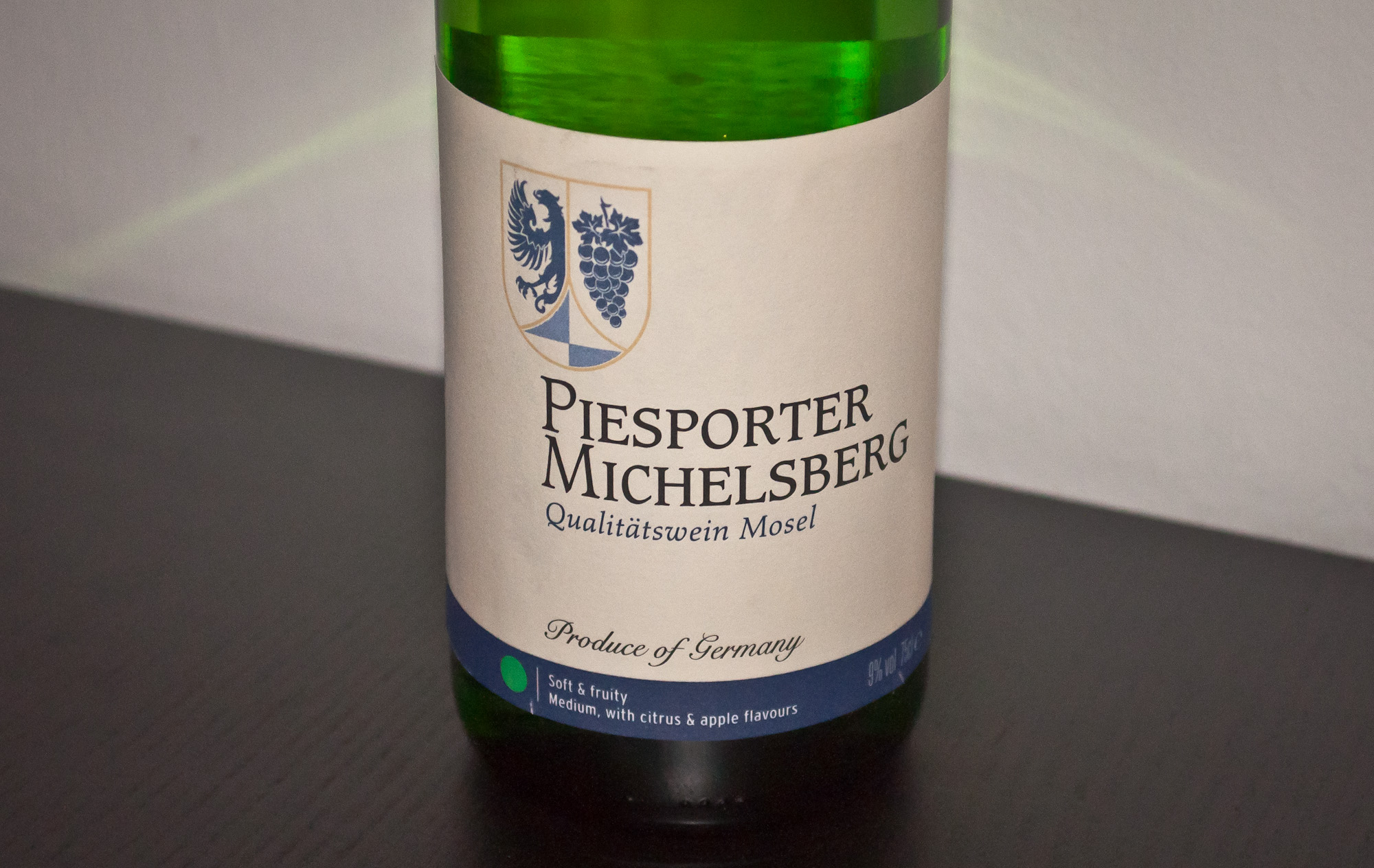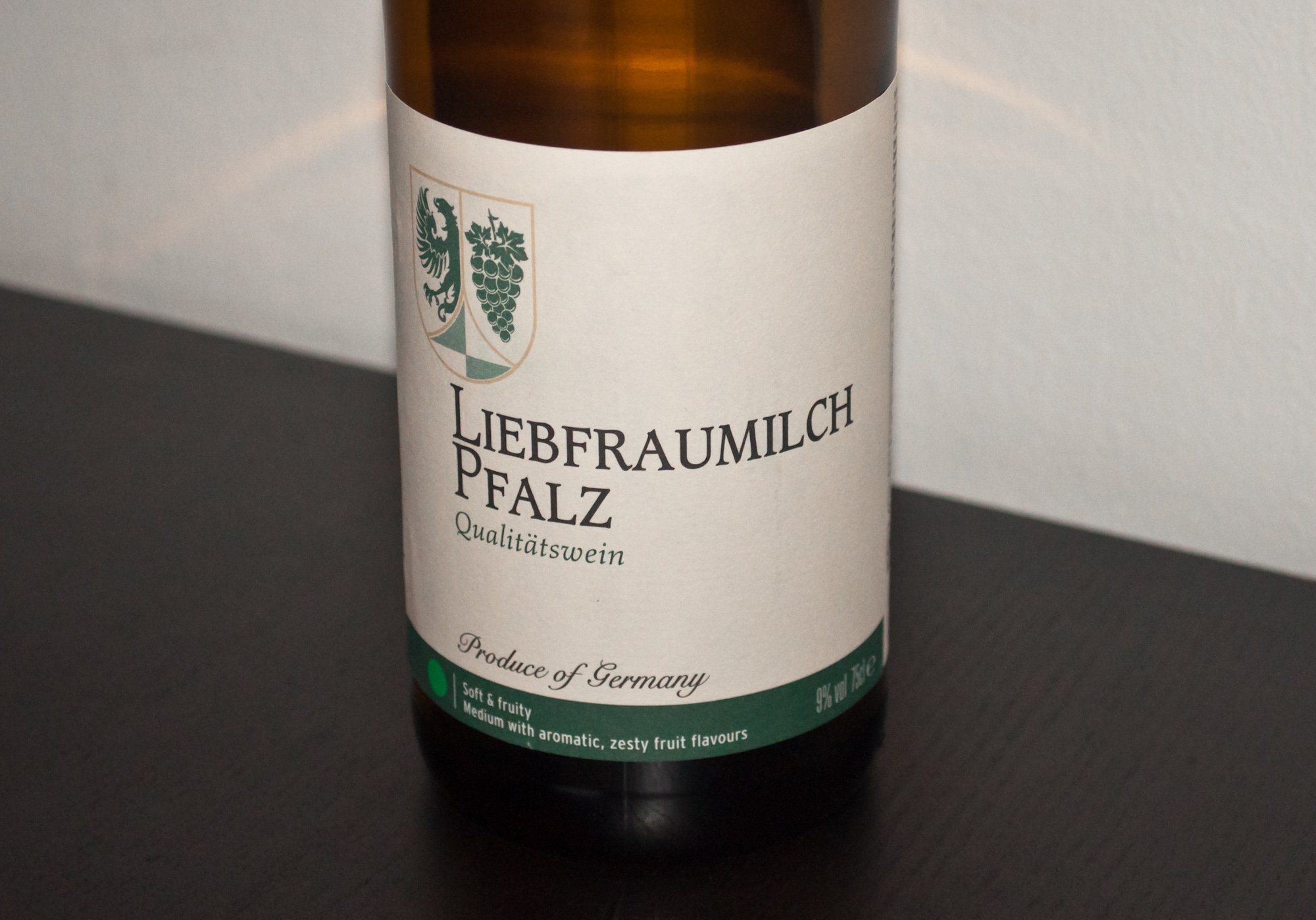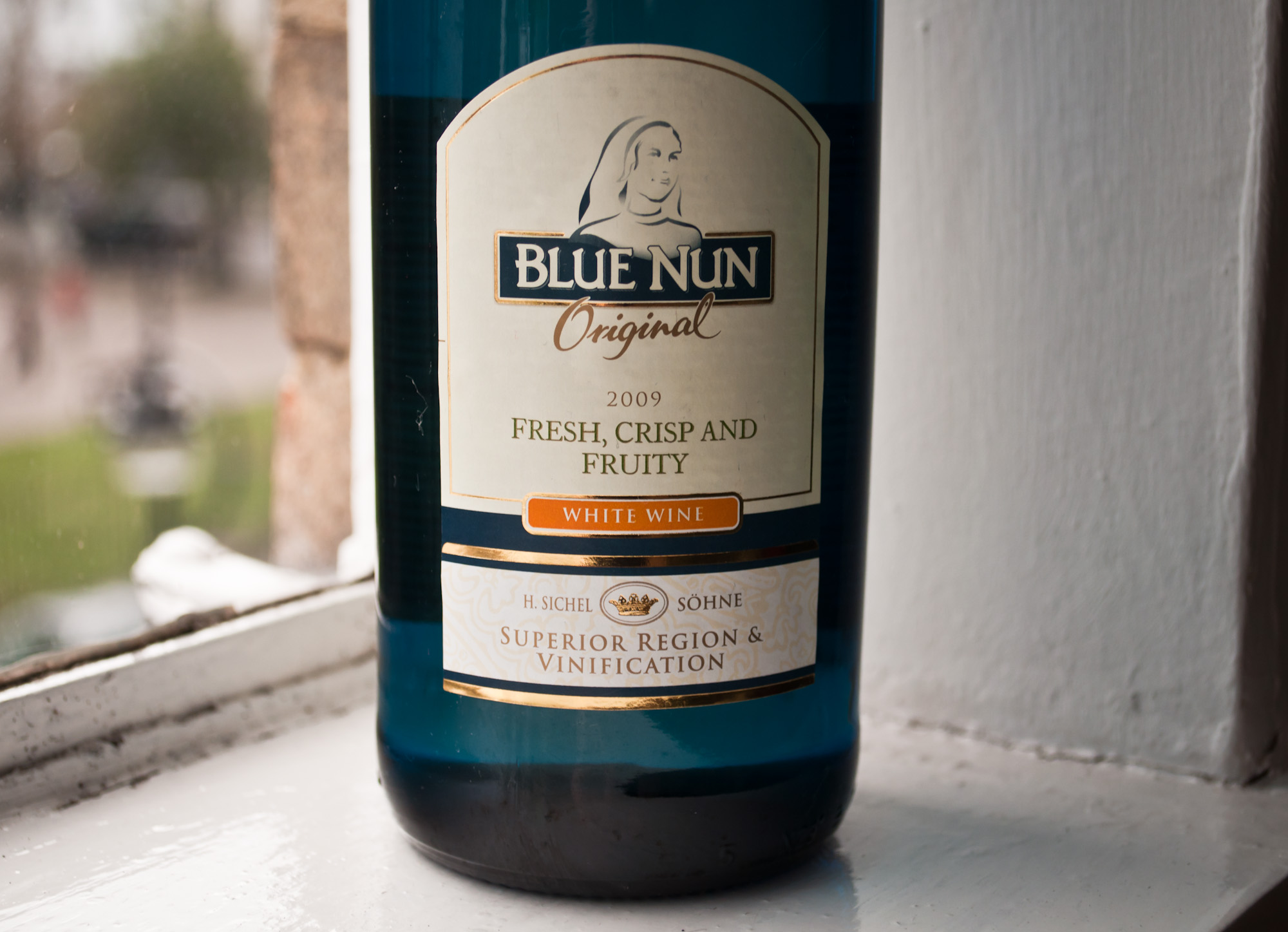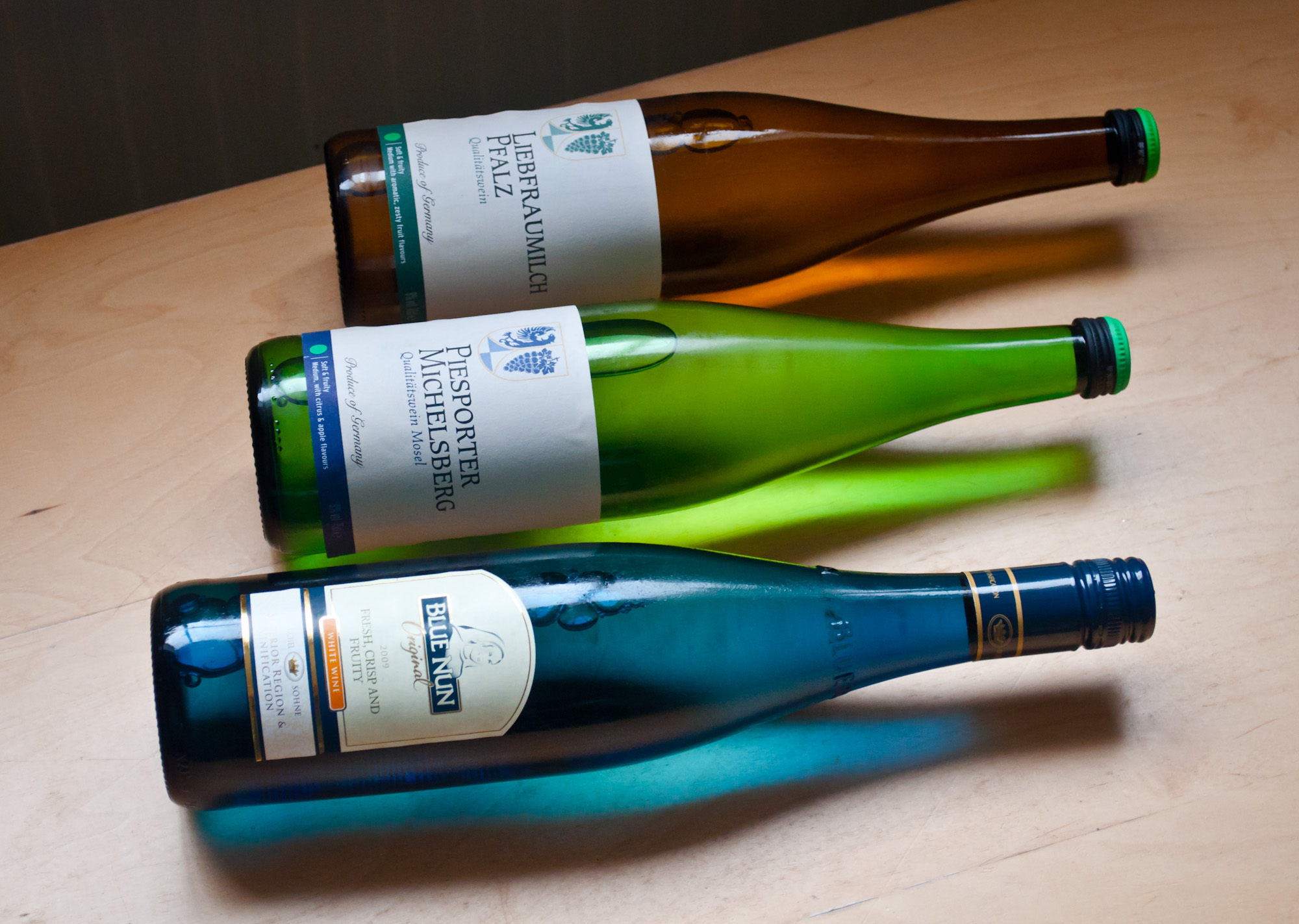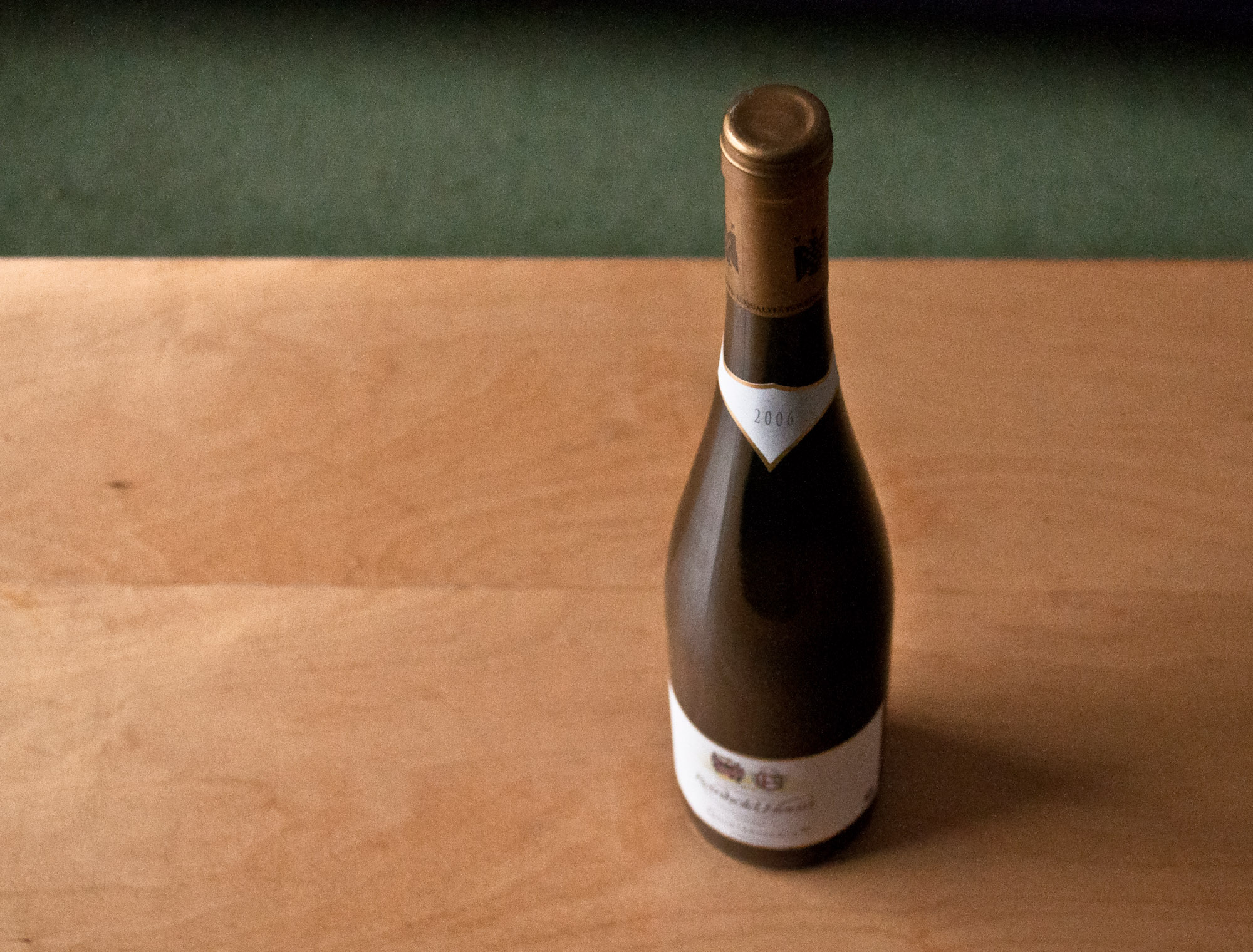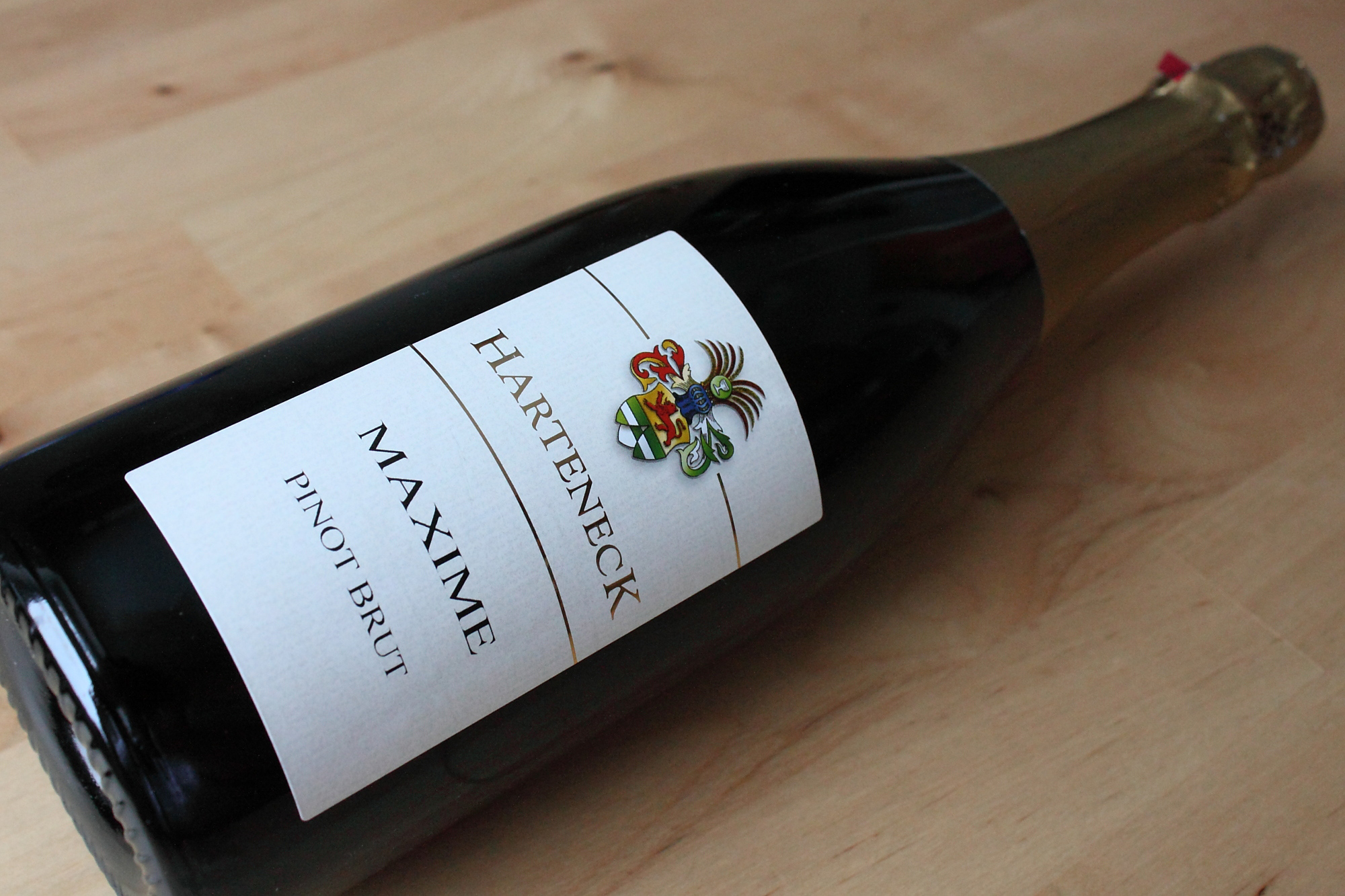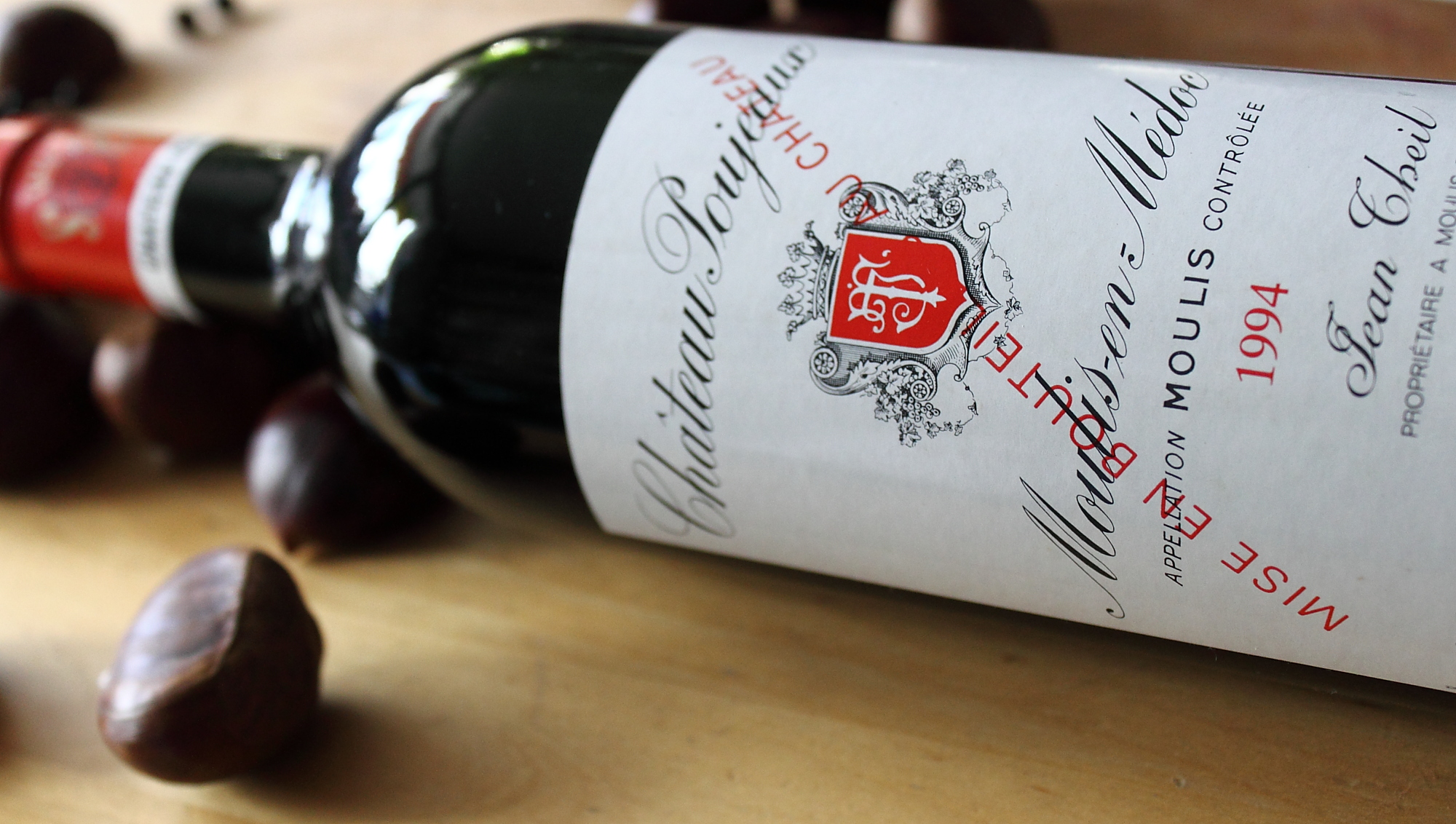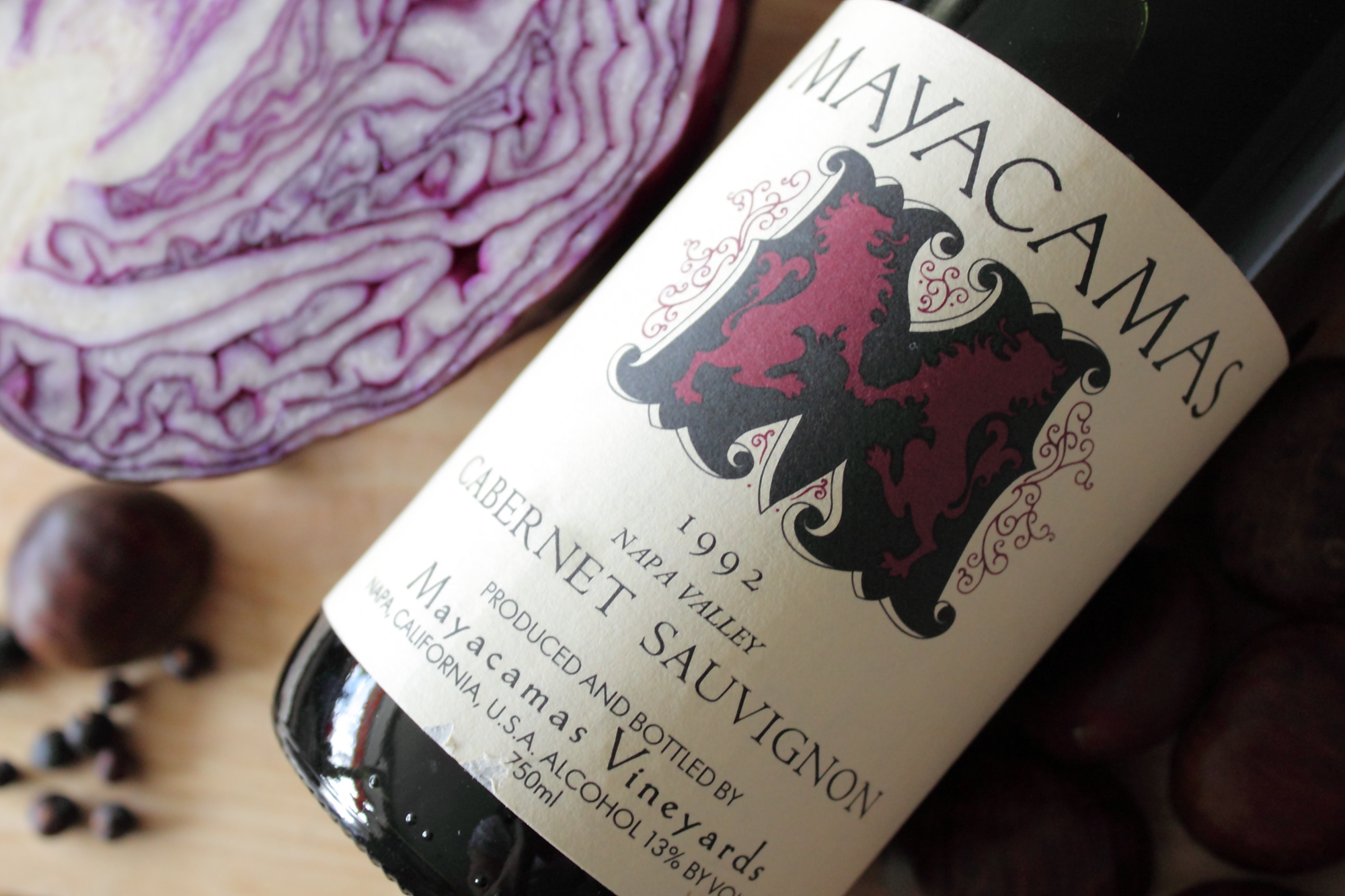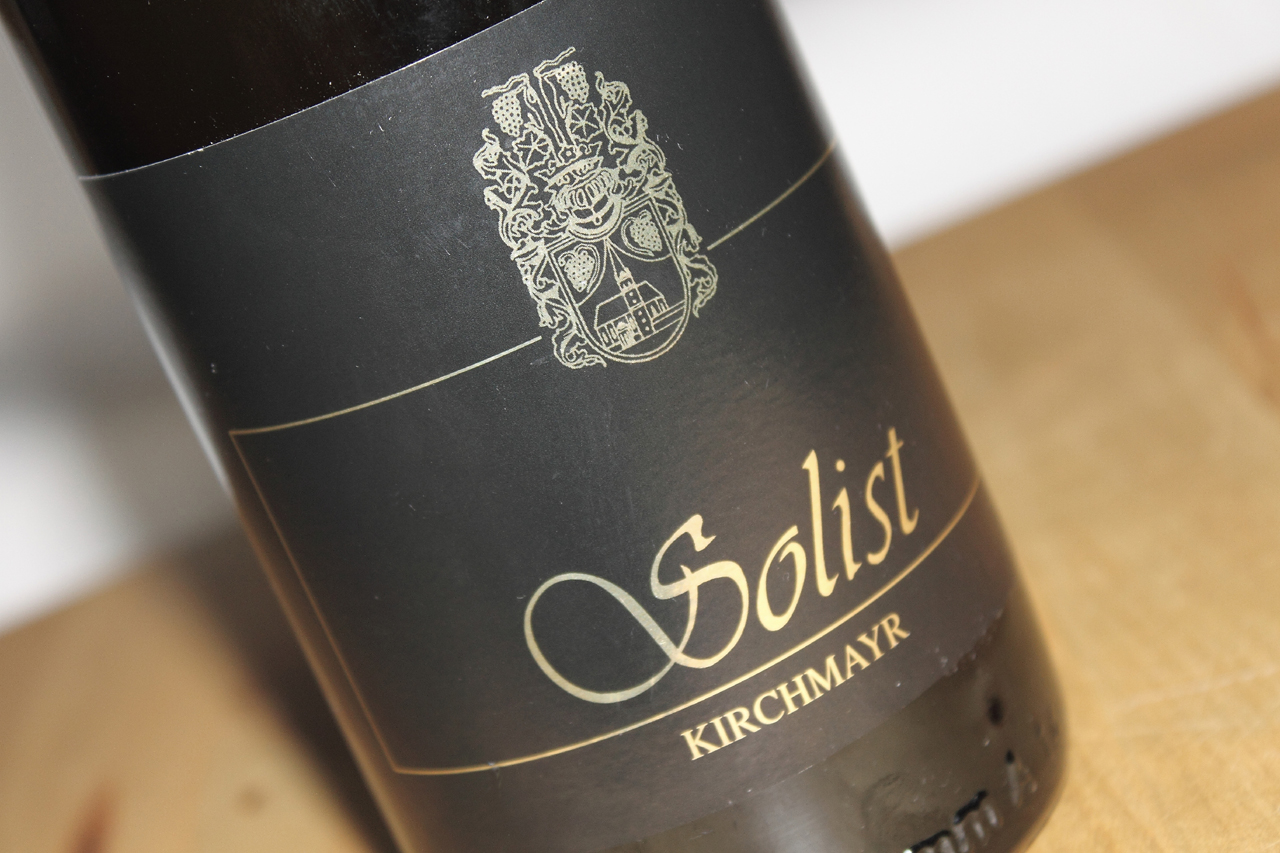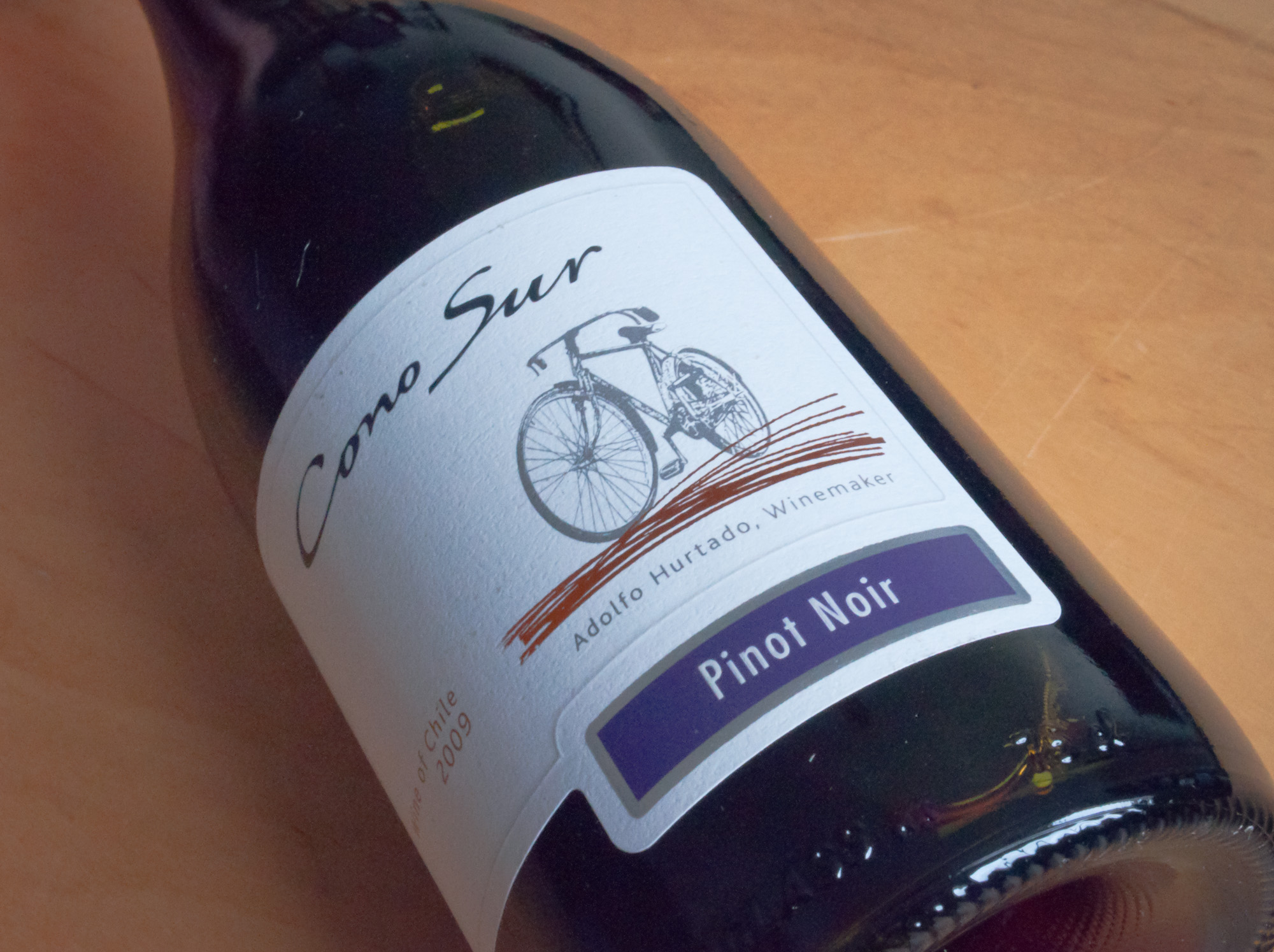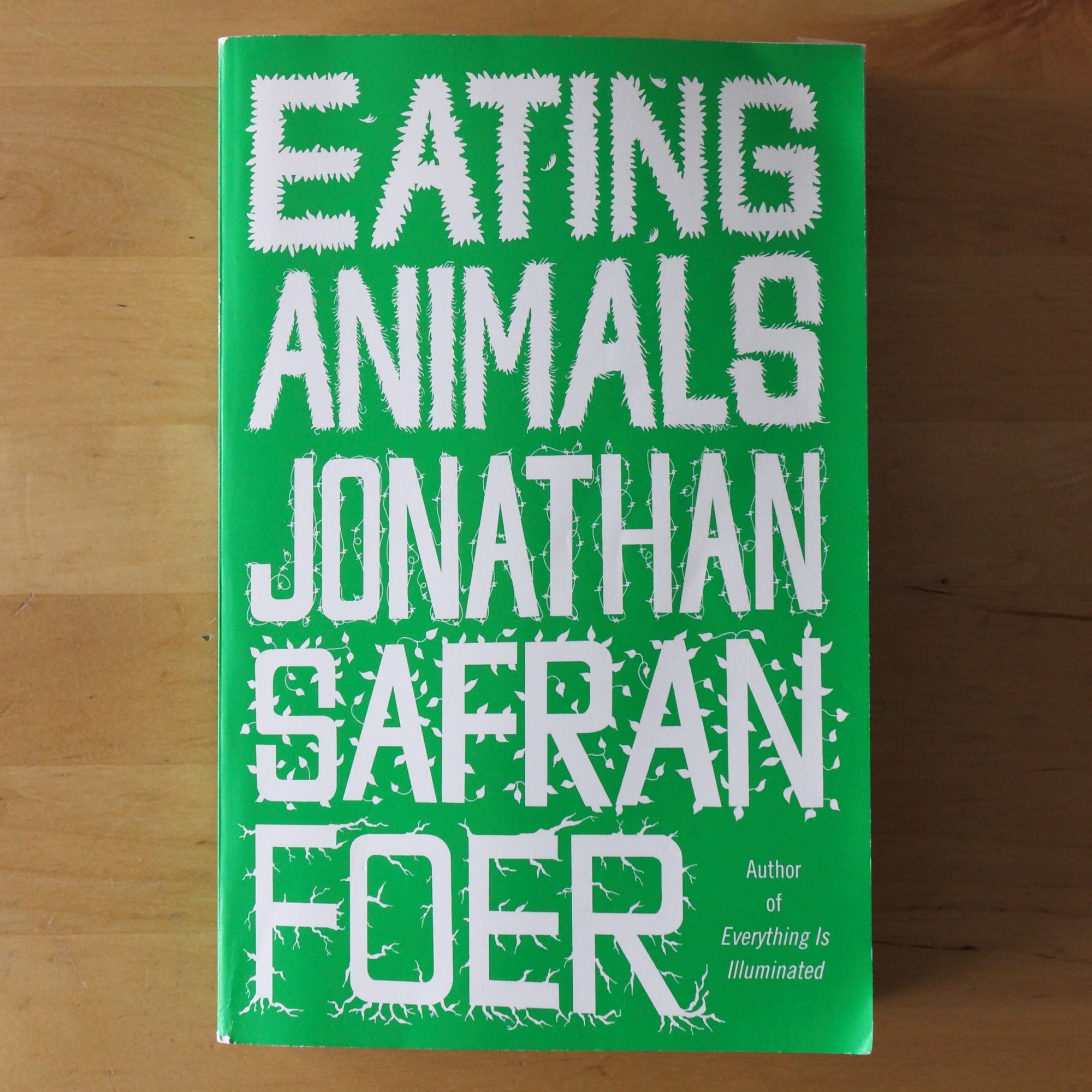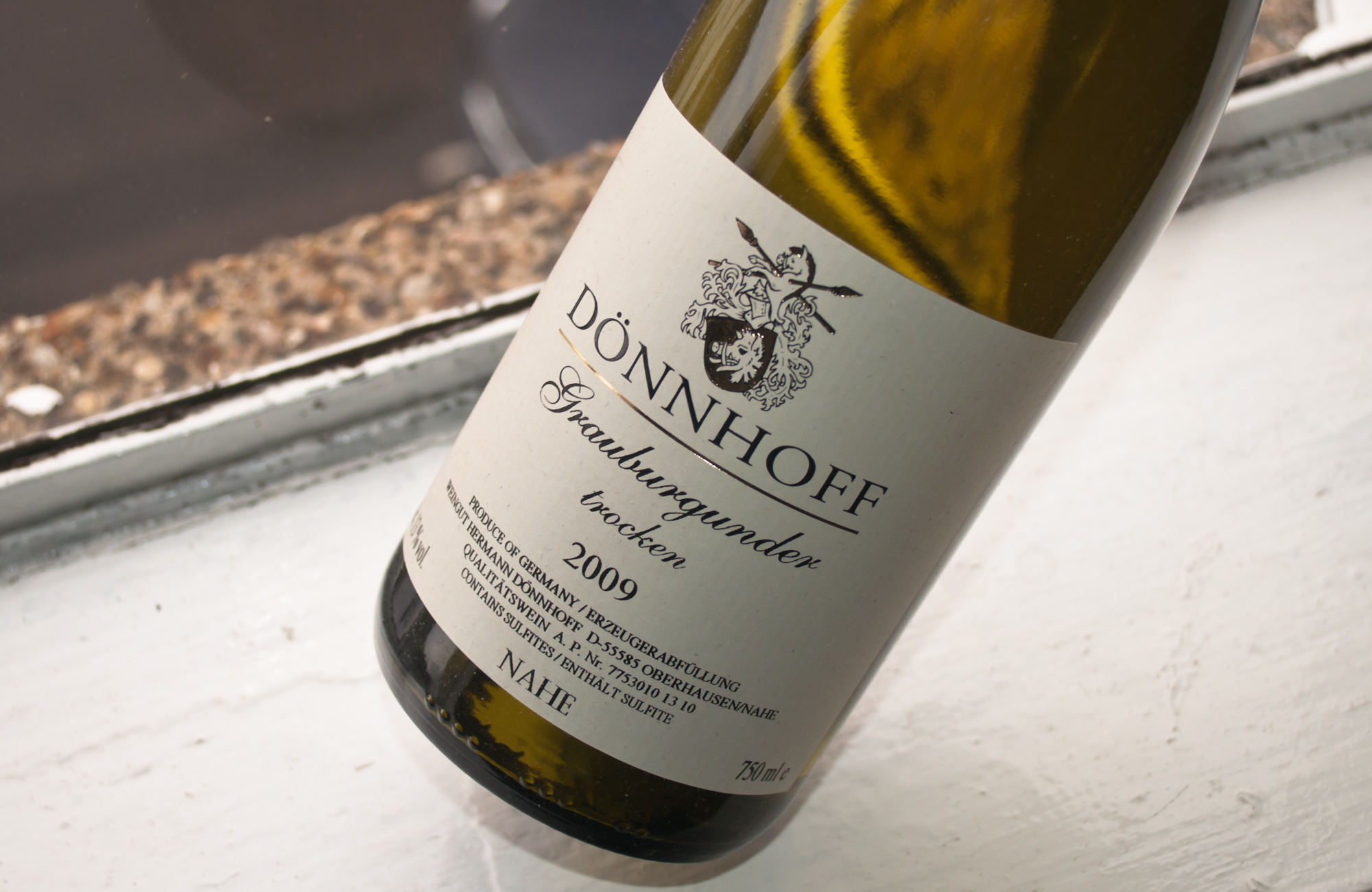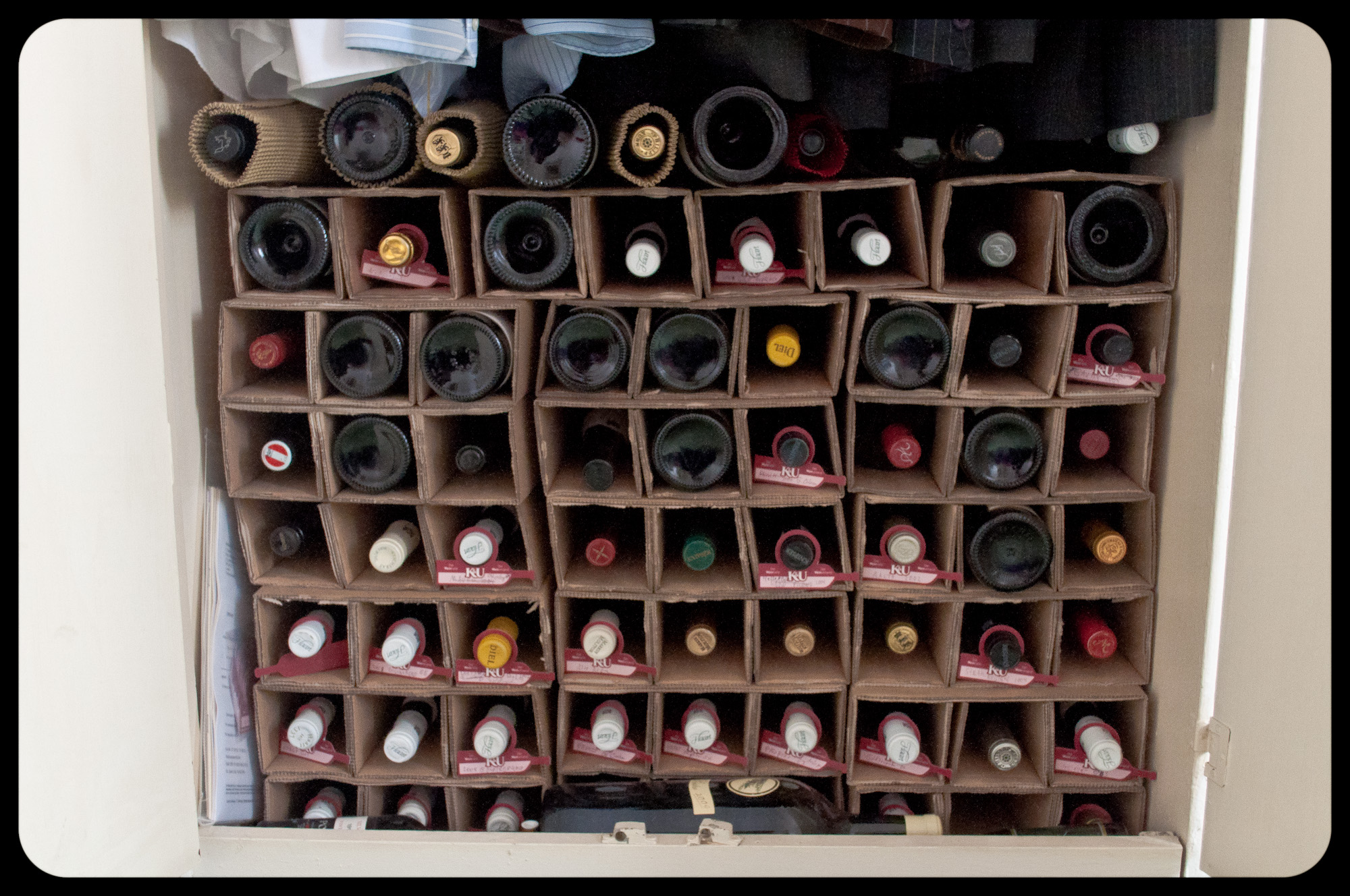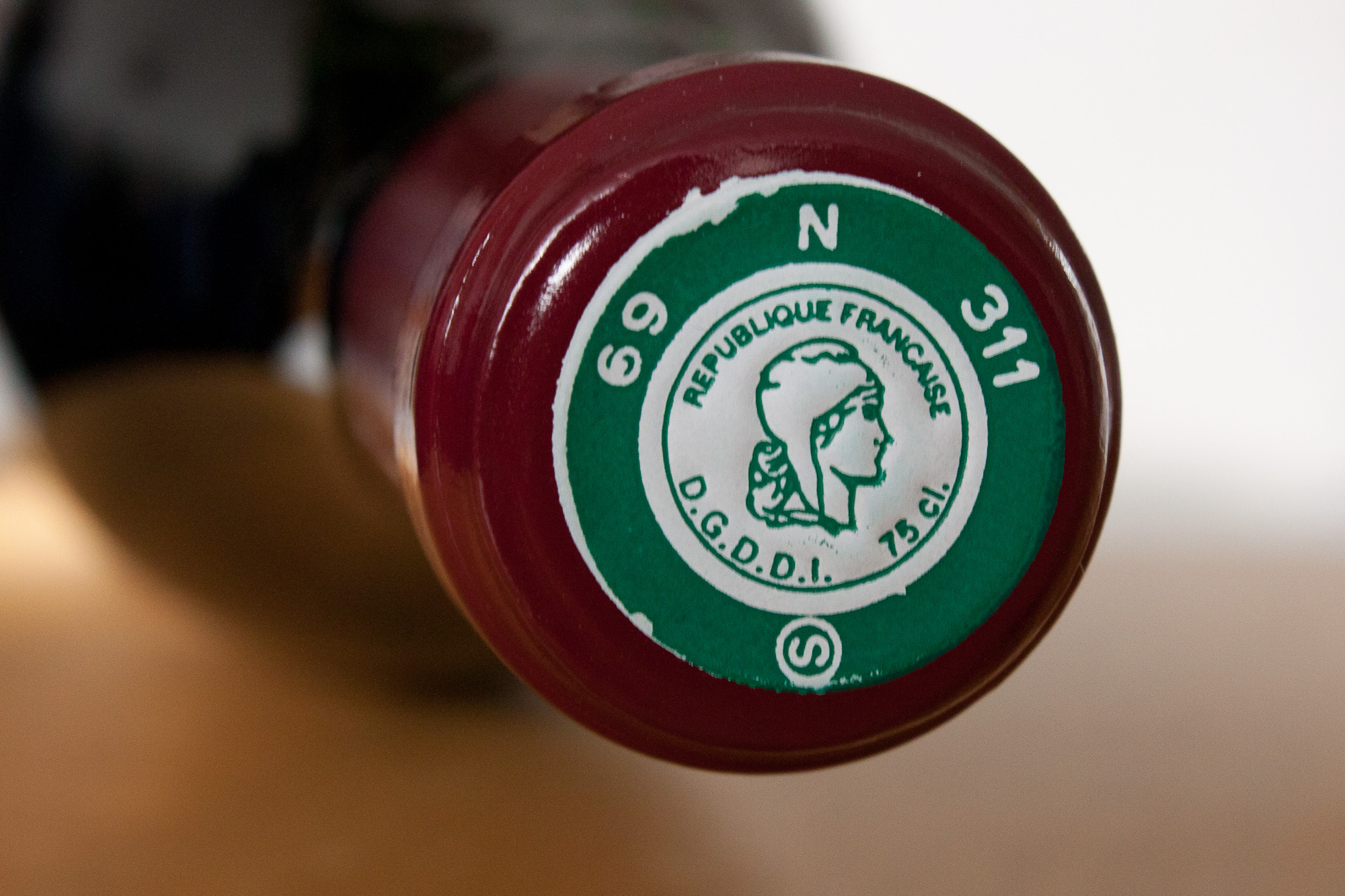F. W. Langguth Erben Kabinett, 2009
Looking back over the wines I have enjoyed over the past few months it was an impressive range of delightfulness and excellent quality. Despite having spent quite a bit on wine I think it was worth every penny, but I was also reminded not to forget to explore what is available on the cheaper end of the market. So during a recent visit to Sainsburys I grabbed a random bottle of relatively inexpensive German wine to set my experiences in perspective.
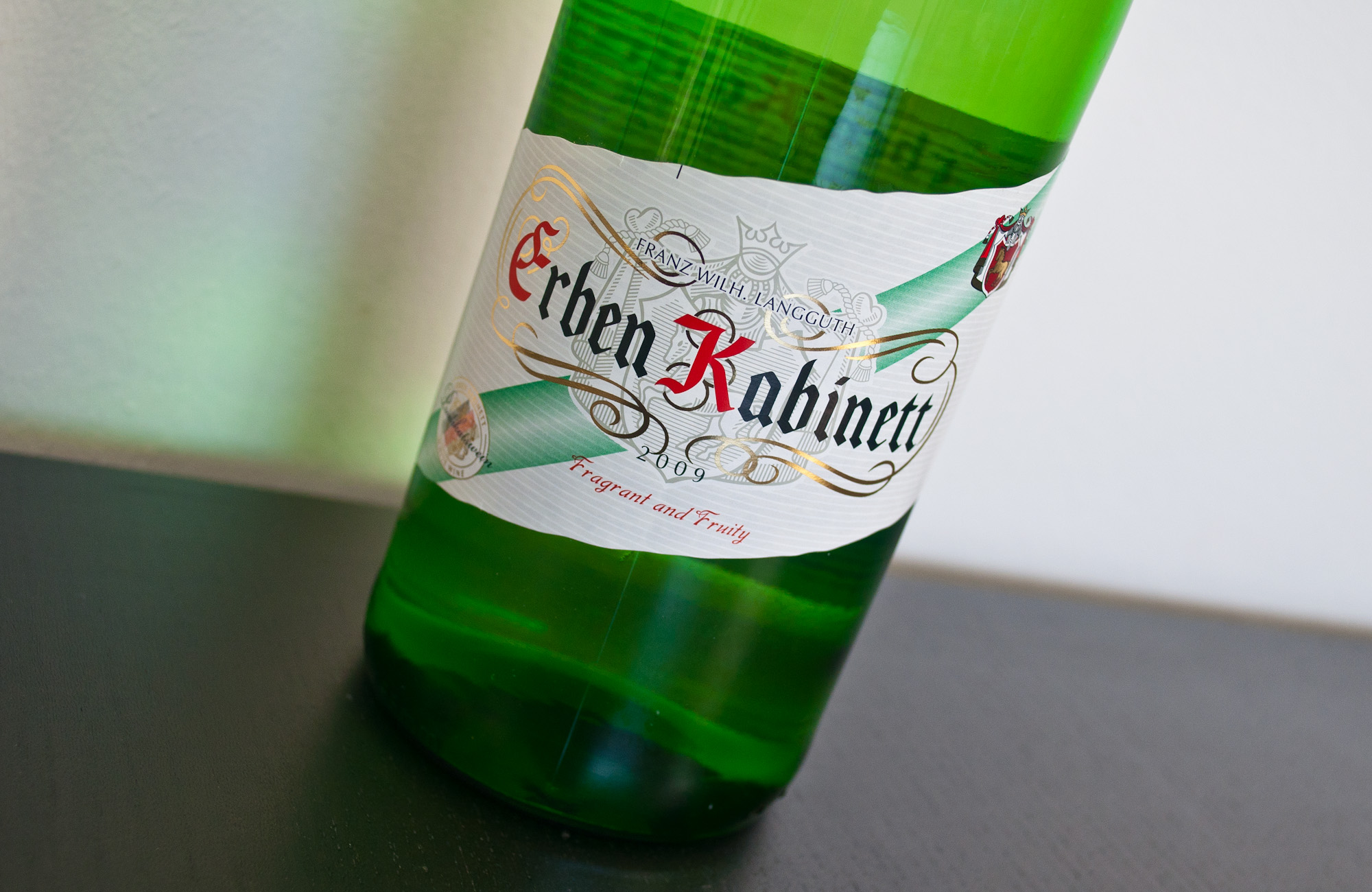
Mind you, there are people out there for whom £4.99 for a bottle of wine is anything but cheap. However, if you consider that around half of the price goes to the government (tax, excise duty etc.) and quite a bit to the retailer (and that does not even take into account the cost of shipping etc.) then you realise that such a wine has to be produced very cheaply indeed to be commercially viable. Too cheaply?

